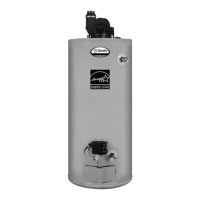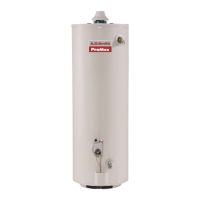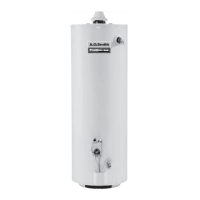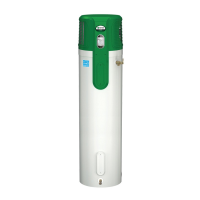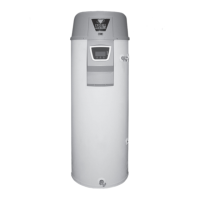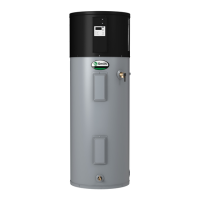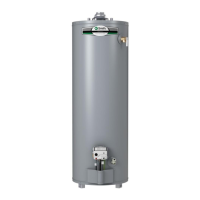Residenal Hybrid Electric Heat Pump Water Heater Use and Care Guide • 7
INSTALLATION
:
✓
Installing a new water heater is the
perfect me to examine your home’s
plumbing system and make sure the
system is up to current code standards.
There have likely been plumbing code
changes since the old water heater
was installed. We suggest installing the
following accessories and any other
needed changes to bring your home up
to the latest code requirements.
Use this checklist and inspect your
home. Install any devices you need to
comply with codes and assure that your
new water heater performs at its best.
Check with your local plumbing ocial
for more informaon.
✓
Water pressure
We recommend checking your
home’s water pressure with a pressure
gauge (Figure 6). Most codes allow a
maximum incoming water pressure of
80 psi/550 kpa.
Purchase an inexpensive water
pressure gauge available at your.
Connect the Water Pressure Gauge
to an outside faucet and measure the
maximum water pressure experienced
throughout the day (highest water
pressures oen occur at night).
Figure 6 - Use a Water Pressure Gauge to
make sure your home’s water pressure is
not too high.
Pressure Reducing Valves are available
at your local plumbing supplier.
✓
Water Pressure/
Verify that you have a properly sized
Thermal Expansion Tank (Figure 7). We
recommend installing an expansion
tank if your home does not have one.
Codes require a properly pressurized,
properly sized Thermal Expansion Tank
in all homes that have backow, check
or pressure reducing valves. (See illus-
traon on inside front cover.)
Figure 7 - A Thermal Expansion Tank helps
protect the home’s plumbing system from
pressure spikes.
Connect the Thermal Expansion
Tank (available at your local plumbing
supplier) to the cold water supply line
near the water heater. The expansion
tank contains a bladder and an air
charge. To work properly, the Thermal
Expansion Tank must be sized accord-
ing to the water heater’s tank capacity
and pressurized to match the home’s
incoming water pressure. Refer to the
installaon instrucons provided with
the Thermal Expansion Tank for instal-
laon details.
INSTALLATION
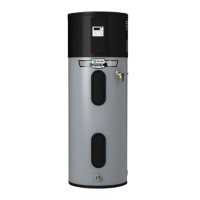
